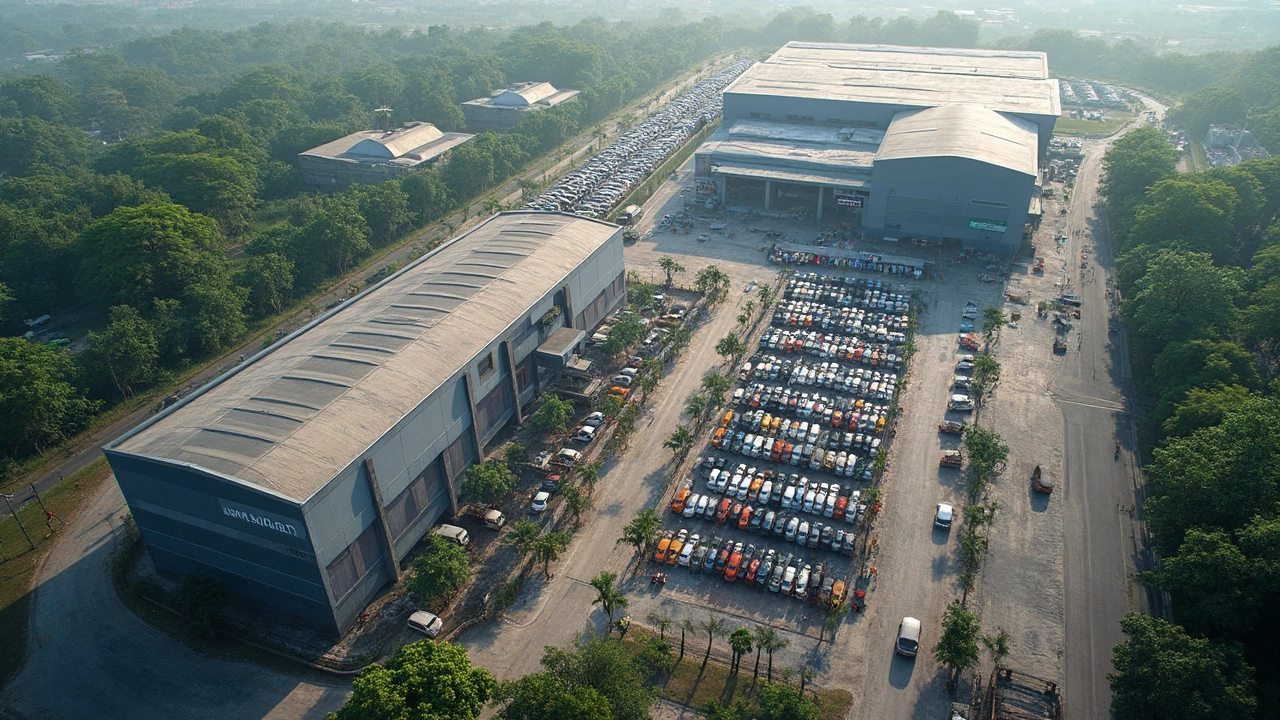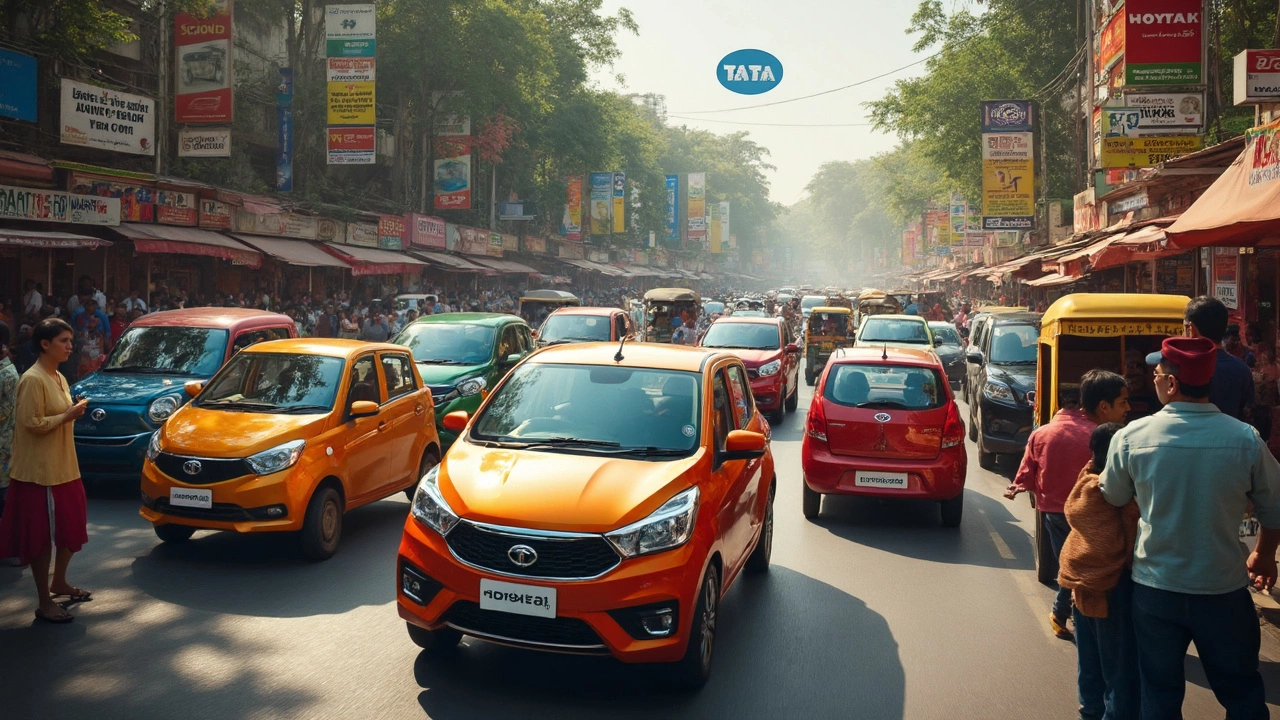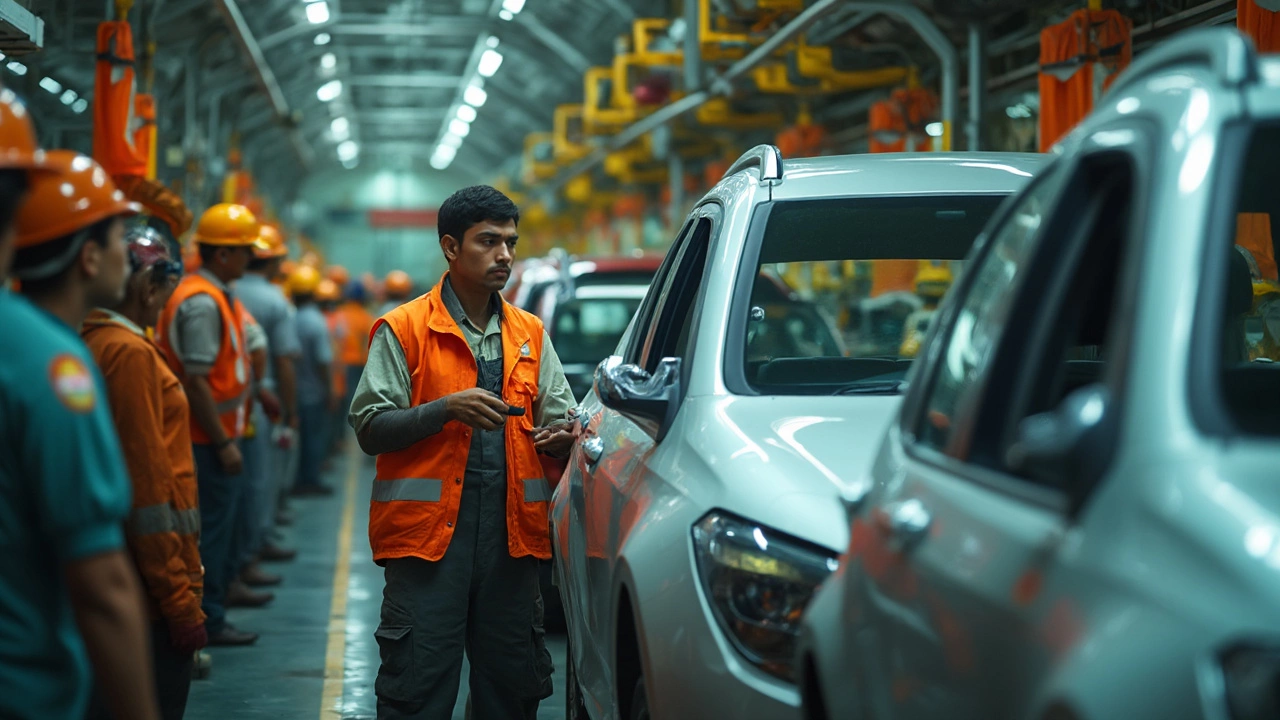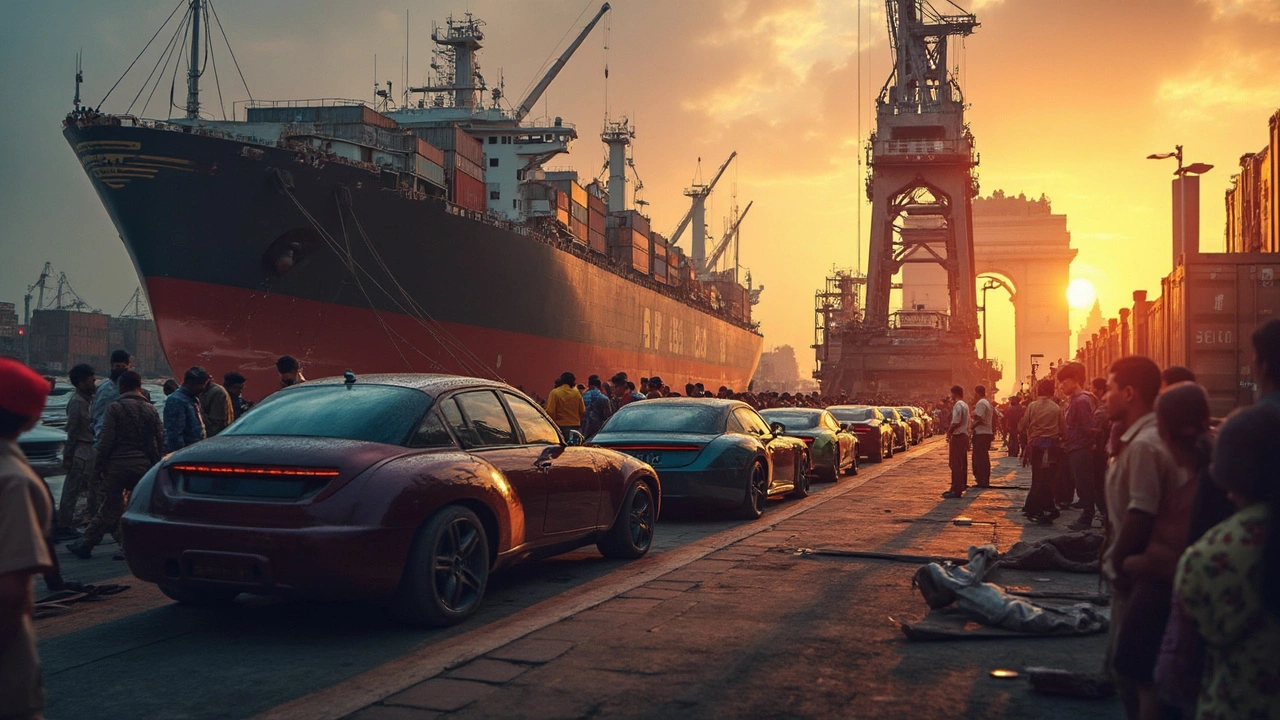Automobile Manufacturing in India – Trends, Plants & Export Basics
India’s auto sector is humming with activity. From tiny hatchbacks that zip through city streets to massive trucks hauling goods across the subcontinent, the country produces a huge variety of vehicles every day. If you’re curious about how this industry works, what makes it tick, and where the biggest opportunities lie, you’re in the right spot.
Why India Is a Hotspot for Auto Production
First off, the market size is massive. Over 30 million people buy a new or used car each year, and that demand pushes factories to keep output high. Labor costs are lower than in many western nations, which means manufacturers can keep prices competitive while still investing in modern equipment. The government also backs the sector with policies like the Production‑Linked Incentive (PLI) scheme, encouraging companies to set up plants and develop electric‑vehicle technology locally.
Key Hurdles and How Companies Overcome Them
Supply‑chain disruptions and fluctuating raw‑material prices can hit the bottom line fast. To counter this, many firms are moving parts of the supply chain closer to home, creating regional hubs that reduce shipping time. Another challenge is meeting strict emission norms. Brands are responding by rolling out hybrid and fully electric models, and by upgrading older factories with cleaner paint booths and waste‑water treatment systems.
One of the most talked‑about facilities is the Maruti Suzuki plant in Manesar, which many call the largest car plant in India. It churns out more than 1.5 million units a year, thanks to a mix of automation and a well‑trained workforce. Similar scale can be seen at Tata Motors’ plants in Pune and Chennai, where both passenger cars and commercial vehicles are built under one roof.
Export is another piece of the puzzle. While most cars sold in India stay within the country, a growing number of manufacturers ship models to Africa, the Middle East, and even Latin America. Exporting means navigating customs duties, shipping logistics, and bilateral trade agreements, but it also opens up new revenue streams and helps balance domestic demand fluctuations.
Looking ahead, electric vehicles (EVs) are set to reshape the landscape. The government’s push for a 30% EV share by 2030 has sparked a surge in battery‑pack factories and charging‑infrastructure projects. Companies that adapt quickly—by offering affordable EVs or by partnering with local battery makers—stand to capture a sizable slice of the future market.
So whether you’re an entrepreneur scouting for a partnership, a student trying to understand the industry, or simply a car enthusiast curious about where the next big model will be built, India’s automobile manufacturing sector offers a mix of scale, innovation, and opportunities that few other markets can match.

Which Country Makes the Best Cars? A Deep Dive into Global Auto Leaders
Explore how Germany, Japan, the US, South Korea, Italy, Sweden, and China stack up in car quality, technology, and reputation to find out which country truly makes the best cars.
Read More
Which is the Largest Car Plant in India? Facts and Inside Look
Curious about where India's car production hits massive numbers? This article pinpoints the country’s largest car plant and unpacks what makes it so huge and efficient. You’ll get facts, production stats, and insider details about its daily operations. Plus, there are surprising records and tips for anyone who’s interested in cars or factories. Find out how this single location powers much of India's car supply.
Read More
Does Tata Sell Cars in the USA? The Real Story Behind Tata Motors in America
Curious if Tata Motors sells its cars in the USA? This article explores what Tata is, why their cars aren't parked in American driveways, and what makes their vehicles stand out in India and other parts of the world. Find out if that's likely to change, and what Tata's presence means for the global automotive scene. We’ll break down everything with simple, straightforward facts mixed with real-world insight.
Read More
India Automobile Manufacturing: Does India Produce Cars?
India absolutely produces automobiles, from compact hatchbacks to heavy trucks. It’s home to some of the world’s largest carmakers and plays a huge role in exporting vehicles across the globe. The country’s auto industry helps support millions of jobs and drives related tech, from electric vehicles to automation. Whether you’re curious about made-in-India car brands or want to understand how the sector works, this article peels back the curtain. Get ready for a closer look at what powers the Indian auto assembly lines.
Read More
Can I Export My Car from USA to India? Your 2025 Guide
Shipping your car from the USA to India isn’t as easy as booking a plane ticket, but it’s definitely possible. From government rules and strict customs checks to surprising costs, each step needs careful planning. This guide breaks down exactly what cars you can import, what paperwork you’ll be buried in, how much you’ll actually pay, and why so many folks find the process trickier than expected. You'll get practical tips I wish someone had told me before I started researching this for a friend. Let’s unravel the process together, step by step.
Read More
Is It Cheaper to Import a Car to India?
Importing a car to India can seem like an intimidating process with various costs, regulations, and paperwork involved. This article explores whether it’s actually cheaper to import a car compared to buying one locally. We delve into import duties, taxes, and the hidden expenses that might catch potential importers off guard. Knowing these details can help you make informed decisions about getting your dream car to your doorstep in India.
Read More
Banned Vehicles in India: What's Not Allowed on the Roads
In India, several vehicles are banned from the roads due to safety, environmental, and regulatory reasons. The list includes old diesel vehicles, those not meeting emission standards, and some modified cars. Understanding these bans is crucial for manufacturers, dealers, and consumers to avoid legal complications and promote better air quality. This article explores the criteria and categories for these bans, providing insights into how the regulations impact the automobile landscape.
Read More
Failed Cars in India: A Look at the Automobiles That Couldn’t Make It
Not every car launched in India manages to turn heads—or profits. Various factors like pricing, lack of features, or stiff competition can lead to a car’s downfall. In this article, we explore some automobiles that couldn’t meet expectations in the Indian market. Learn the reasons behind their failures and what manufacturers can learn from these mishaps. It’s not just about engine power or sleek designs; understanding consumers is key.
Read More
Why Fiat's Departure Left a Void in the Indian Market
Fiat, the Italian car manufacturer, exited India, leaving questions and reflections on what led to this strategic decision. While Fiat cars once had a niche market in India, shifting consumer preferences and competition might have played a significant role. Understanding why Fiat couldn't maintain its foothold provides insight into the dynamic nature of the auto industry. Examining the factors behind their departure sheds light on consumer behavior, regulatory challenges, and market strategy.
Read More